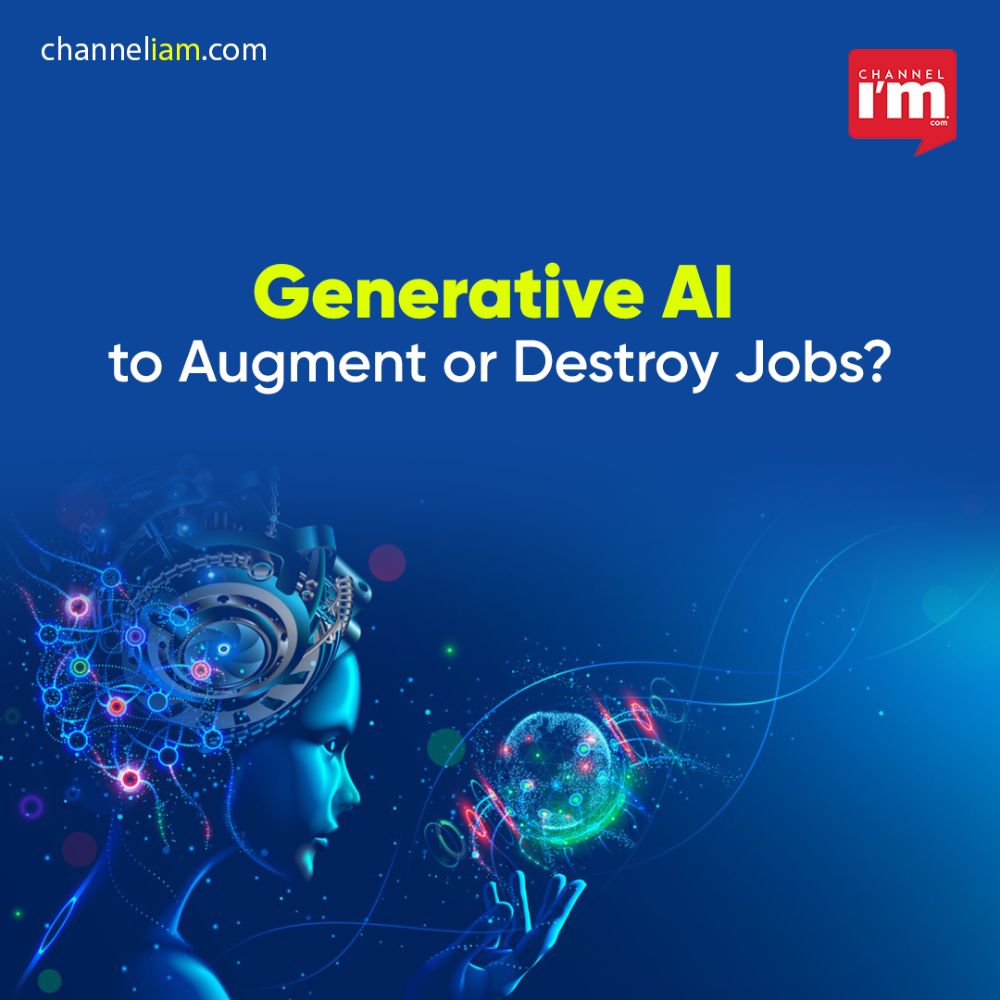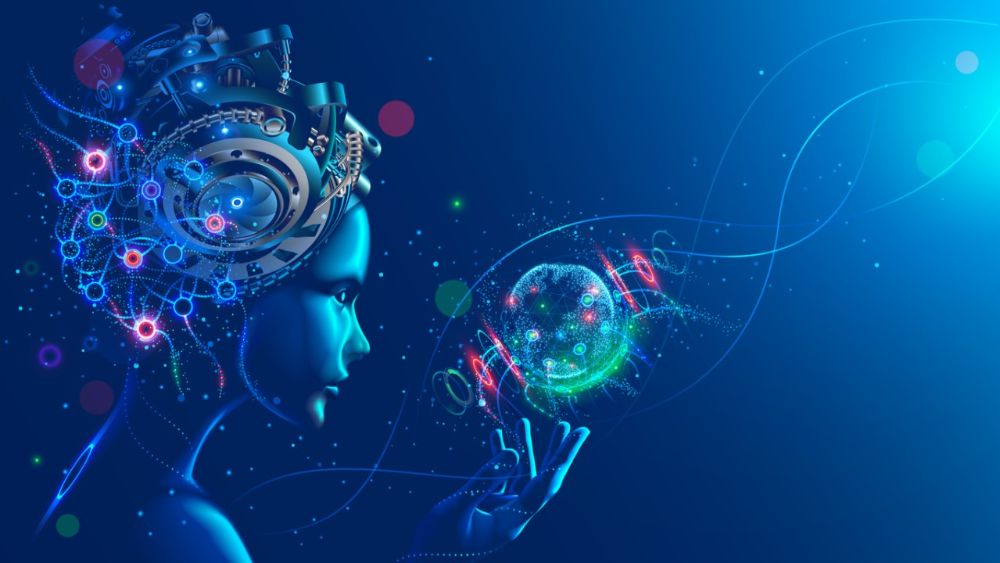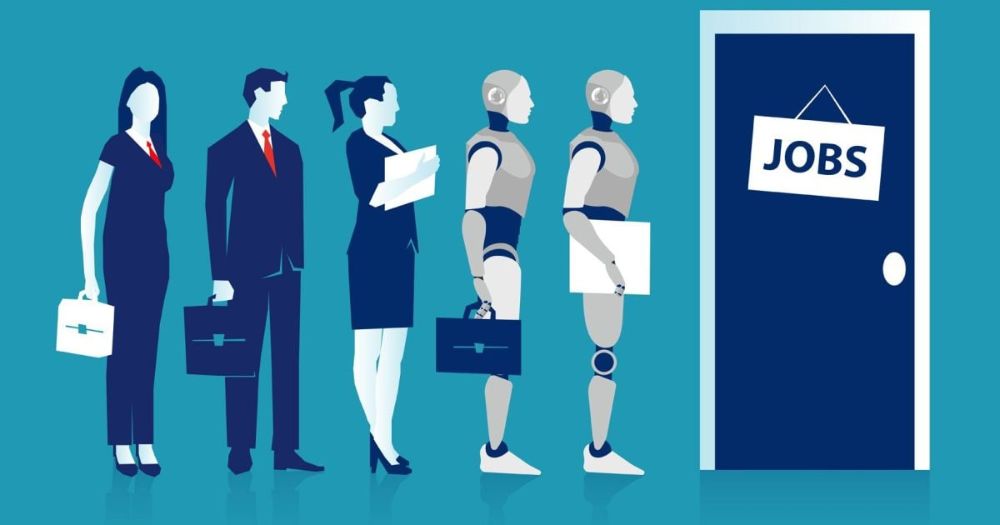
The significance of upskilling, reskilling, and training the workforce worldwide is highlighted by the advent of Gen AI and other recent changes in the employment sector.
This shift is highlighted in the World Economic Forum white paper “Jobs of Tomorrow: Large Language Models and Jobs,” which was previously created in partnership with Accenture. It lists the chores and positions that will be automated, and those that will be enhanced. Large Language Models (LLMs) are deep learning algorithms that are nearly human-level proficient in terms of recognition, summarization, translation, prediction, and content generation.

In August 2023, the ILO published a working paper titled “Generative AI and Jobs.” The paper found that the technology is most prevalent in the broad field of clerical work, with 24% of clerical tasks classified as having a high level of exposure and an additional 58% with a moderate level of exposure. The paper also notes that depending on the income categories of the countries, there is a significant variation in the possible effects of employment, whether it be through automation or augmentation.
Recently, a report by the learning company Pearson has released on ‘How Gen AI Proof is your Job?’ According to the paper, generative AI might do about 30% of certain white-collar jobs. Less than 1% of the time spent on tasks associated with many blue collar jobs may be completed by generative AI, as per the research.
Furthermore, it added, numerous white collar jobs that are most impacted involve repetitive duties that may be readily automated by generative AI, such making appointments and taking and directing phone calls. The white collar jobs most in line with generative AI proof are typically those involving mathematical activities, such as engineers. For now, math computations performed by generative AI are famously imprecise, making those tasks a little more AI-proof.

“As employees look to the future, understanding which jobs are at risk from AI allows them to prepare. They should also consider where new roles might be created by Gen AI. Workers and employers should look at how they can ride this wave of change by using the best of AI and the best of human skills together – whether that is using the technology to take over repetitive tasks, so people can focus on high value activities, or enhancing those uniquely human skills like creativity, communication and leadership,” said Mike Howells, President, Pearson Workforce Skills, in the report.
As per the report, the least impacted jobs are:
White Collar Jobs
1. Chief Executives (-10%)
2. Civil Engineers (-10%)
3. Electrical Engineers (-11%)
4. Sales Managers (-13%)
5. Architectural and Engineering Managers (-13%)

Blue Collar Jobs
1. Bus and Truck Mechanics and Diesel Engine Specialists (0%)
2. Dishwashers (0%)
3. Highway Maintenance Workers (0%)
4. Laundry and Dry-Cleaning Workers (0%)
5. Solderers and Brazers (0%)
The influence of generative AI on over 5,000 jobs in five countries—Australia, Brazil, India, the US, and the UK—was examined in Pearson’s most recent “Skills Outlook” series.
